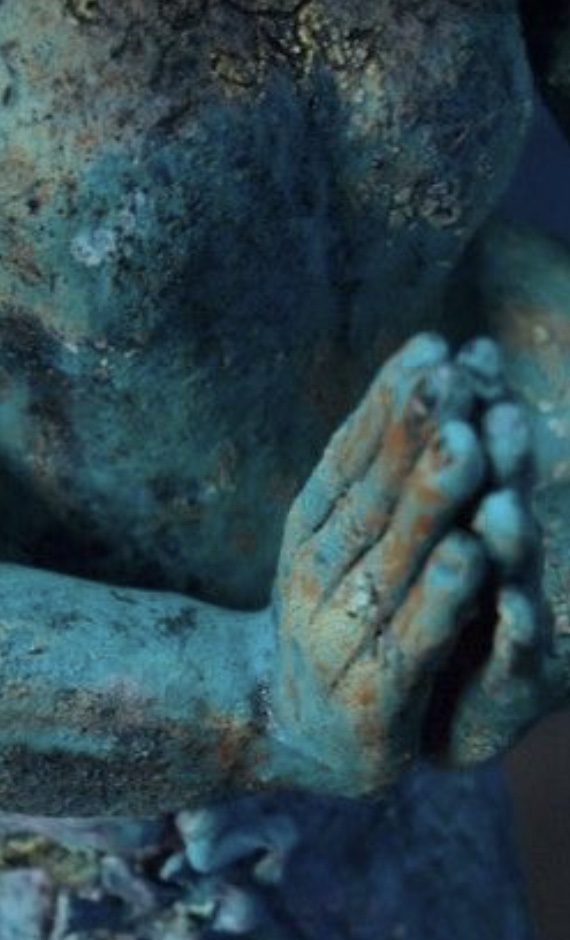Namaste
Namasté (nah-mah-stay). You hear this word at the end of every yoga class, but do you know what it means?
A traditional Indian greeting, it literally translates to “I bow to you”
Western yogis have adopted the custom of closing their yoga classes with a bow of namasté. On the surface level, it is a way for the teacher and students to thank one another for time well-spent, and to close the sacred container of the yoga practice. The palms and all ten fingers touch one another, with the thumbs joining in front of the heart space or brow. It is common for the teacher to say it first, and the students to repeat it back.


The Invocation to Lord Patanjali
In some of my classes we chant the invocation to Lord Patanjali, the Father of Yoga who collated the sutras that form the eightfold path of yoga we follow and practice today. Print out of the slokas is available at class for you to read and join in as we chant. You are of course welcome to just listen.
Om
Om is a mantra vibration, that is traditionally chanted at the beginning of your yoga sessions. Coming from Hinduism and Yoga, the mantra is considered to have high spiritual and creative power but despite this, it is a mantra that can be recited by anyone. It’s both a sound and a symbol rich in meaning and depth and when pronounced correctly it is actually AUM.
Symbolically the three letters embody the divine energy (Shakti) and it’s 3 main characteristics: (1) creation, (2) preservation and (3) liberation.
Why do we chant it?
Chanting Aum is a way to delineate the time of our practice from the rest of our day and signify that this is a special time in which to care for ourselves and practice being mindful
Beginning and/or ending your yoga practice with AUM helps to connects us to our practice in a deeper way than just with physical posture.
Additionally, the vibrations and rhythmic pronunciation also have a physical affect on the body by slowing down the nervous system and calming the mind similar to meditation. When the mind is relaxed, your blood pressure decreases and ultimately the health of your heart improves.
AUM is the basic sound of the universe; so by chanting it we are symbolically and physically tuning in to that sound and acknowledging our connection to all other living beings, nature and the universe.


